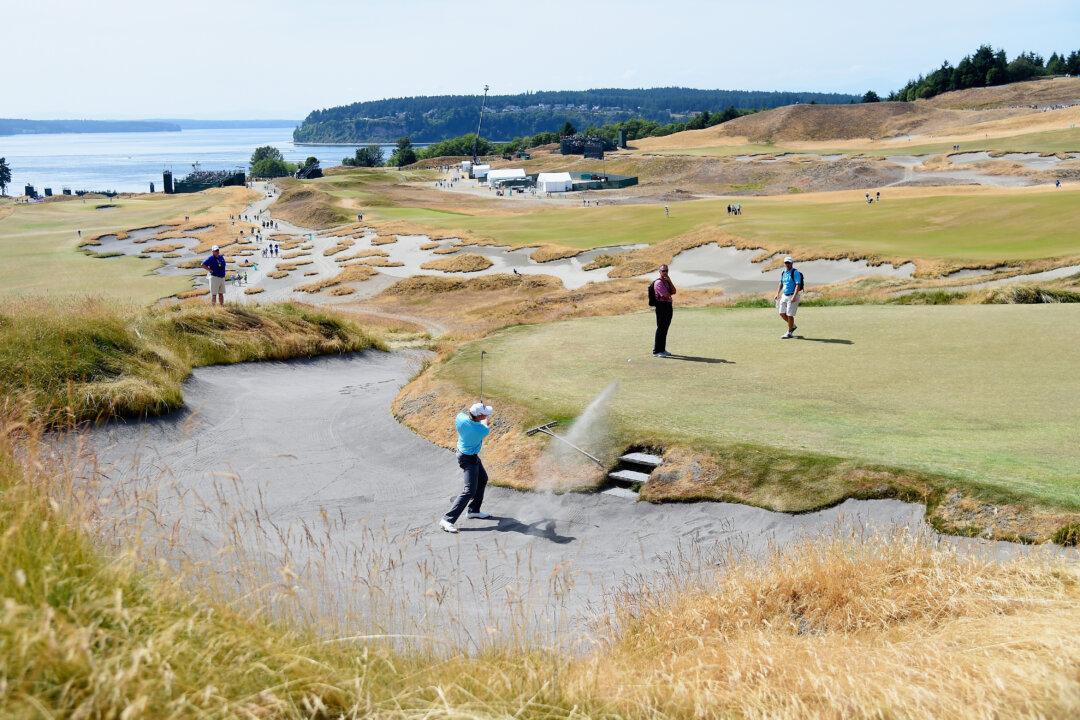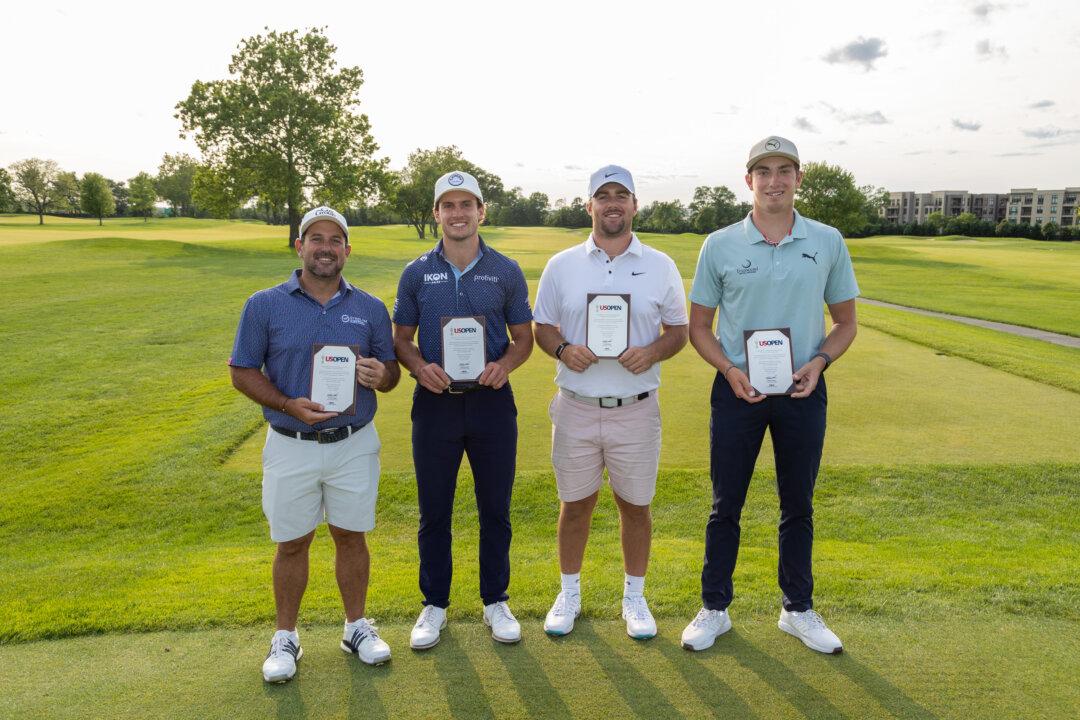I remember my father often saying that there are really only two important championships in golf—the U.S. Open and the (British) Open Championship. These are true championships open to any player who qualifies, not invitationals. It’s very exciting for me to be the first living golf course architect since my father, at Hazeltine in 1970, to see the U.S. Open staged on an original course of my own design.
I’ve attended quite a few U.S. Opens in person over the years. I was at Winged Foot when Billy Casper chipped and putted his way to victory in 1959, and I watched Casper beat Arnold Palmer at The Olympic Club in 1966 when he was down seven strokes with nine to play. I attended all the U.S. Opens at Pebble Beach, and watched the best players in the world vie for our national championship at Shinnecock and Southern Hills in Tulsa and elsewhere.
Our U.S. Open course at Chambers Bay reminds me of the back nines of the great championship courses at Shinnecock and Ballybunion, in particular, because it’s a three-dimensional links course with great, sweeping climbs and drop-offs. It has many of the links-like characteristics of places like St. Andrews, but with elevation changes of as much as 200 feet, golfers can’t only play along the ground but must consider the aerial route as well. Like many great tournament venues it’s also an endurance test—it’s a big muscular layout that presents a hard physical walk. Scenically it reminds me another U.S. Open course, Pebble Beach in the way it sits above the salty sea. On many holes the large greens are reminiscent of the very demanding greens at Oakmont with their undulating contours, and in the way the fairways transition directly into the putting surfaces.






